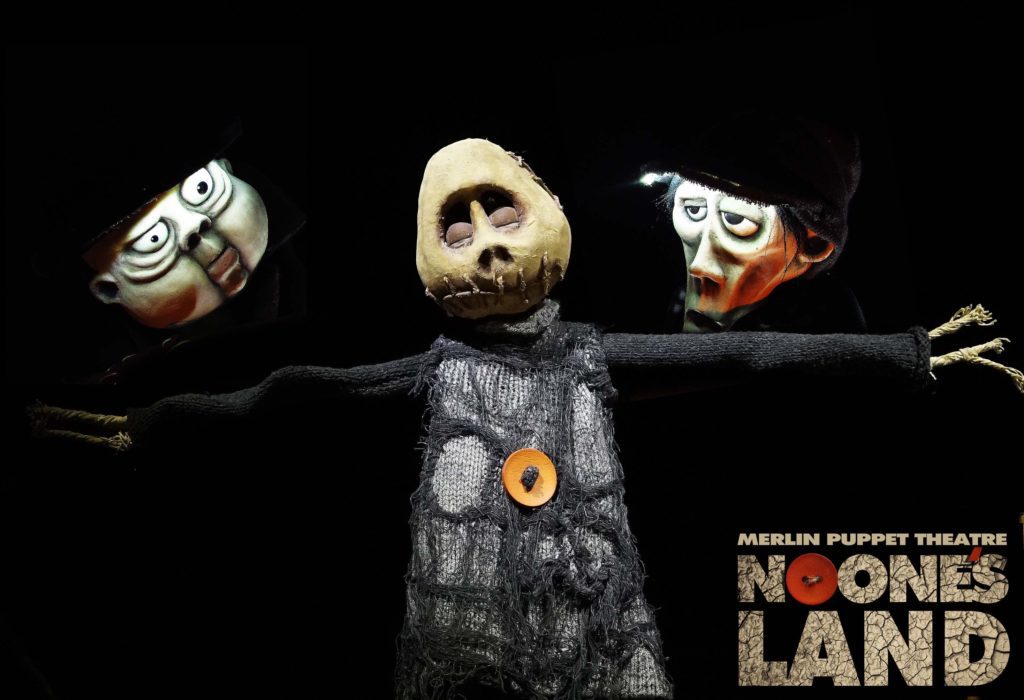

15 Oct 50th Anniversary of Festival Internacional Cervantino
This is the largest cultural festival in Latin America and this year it celebrates 50th edition.
There was more than 2,500 artists from 33 countries, scheduled 159 performing arts events and 90 activities in visual arts, film, literature, and artists’ market.
Guanajuato is one of the most beautiful cities in Mexico, recognised as a UNESCO World Heritage Site with its proud mining past. Strollers walk between alleys to go from one stage to another, some forums are closed like the Teatro Juarez, and others are open like the Esplanade of the Alhóndiga de Granaditas. With artistic activities on street stages held in public squares. As an initiative of the federal government, bringing together different levels of government, public and private institutions, they focus on designing diverse and affordable programming, with 50% of the offerings being free of charge.
A crucial part of the festival is the Social FIC (FIC Social), the initiative that brings together different programs such as Beyond Guanajuato (Más allá de Guanajuato), which transports the festival to various parts of the country by screening several shows. For eight years Ruelas Project (Proyecto Ruelas) has worked with vulnerable communities in Guanajuato to rebuild the social fabric through theater. In addition, the presence of artists from the Cervantino Festival in other cities of the country is possible thanks to the efforts of The Cervantino Tour (Circuito Cervantino), another of the festival’s initiatives whose mission is to extend the festival throughout the length and breadth of the country.

The International Cervantino Festival Poster
50th Anniversary
The image of the first half-century of the Cervantino Festival was created at Taller López Castro, a house of crafts dedicated to “very Mexican” design. Over the years, this has been a constant feature of work by Rafael López Castro, who heads this workshop in the Mixcoac neighborhood. The self-taught designer is now almost 75 years old and runs his creative workshop with his son Guillermo López Wirth.
This poster depicts a combination of tradition and modernity based on the character honored by The International Cervantino Festival, Miguel de Cervantes Saavedra. In the image of the author of Don Quixote, the old ways of making art are visible alongside the technological revolution and the new digital media that govern design nowadays.
López Castro was born in Degollado, Jalisco in 1946. His background as a draftsman, illustrator, and photographer is almost self-taught. He was part of Grupo Madero, under the direction of Vicente Rojo, and was director of the Design Department of the Fondo de Cultura Económica from 1978 to 1986. In 1985 he founded Ediciones El Ermitaño. As an independent designer, he has been president of the jury of the Second International Poster Biennial in Mexico. He is considered one of the most significant designers of his generation, with a work that masterfully and clearly conveys the Mexican popular plastic tradition, of which he is a great connoisseur. With a forceful language that has its roots in the visual richness of a multicultural country like ours, López Castro has imprinted his own vision of his beloved Mexico, as well as his playful and judgmental character, in hundreds of posters, covers, logos, photographs, and editorial designs that are the reference of the extensive visual catalog of the Mexican culture. Proudly, the Cervantino posters designed for the 27th and 40th editions are part of them.
Merlin Puppet Theatre: Noone’s Land
Dream, creativity, and the power of imagination confront reality through the eyes of a scarecrow: a lonely creature who is eternally stuck in the same spot with no horizon and no possibility of escaping from an environment he has not chosen. When he opens his eyes and discovers the world, he feels disappointed but decides to help and make it better. This piece, which uses tabletop puppets and different objects along with various optical media, will deeply touch every person who wishes to be free. This play was directed by Dimitris Stamou.







No Comments